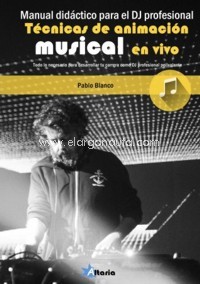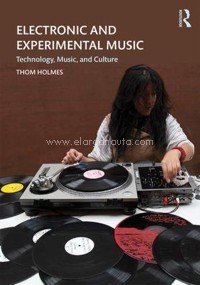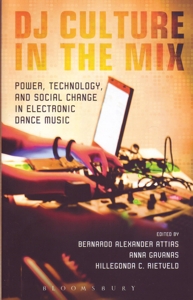
The Sound of Tomorrow. How Electronic Music Was Smuggled Into the Mainstream
Brend, Mark
Bloomsbury Publishing. 2012Ficha técnica
- EAN: 9780826424525
- ISBN: 978-0-8264-2452-5
- Editorial: Bloomsbury Publishing
- Fecha de edición: 2012
- Encuadernación: Rústica
- Dimensiones: 24x22
- Idioma: Inglés
- Nº páginas: 272
Disponible en breve
Sin stock. Si se pide hoy, se estima recibir en la librería el 29/04/24¡GASTOS DE ENVÍO GRATIS!
antes:
41,30 €
ahora:
37,17 €
Añadir a la Lista de deseos
Monterey Pop Festival, 1967. Bernie Krause and Paul Beaver demonstrate a Moog synthesizer to the assembled rock aristocracy, plugging into a surge of interest that would see synthesizers and electronic sound become commonplace in rock and pop early the following decade.
For years, composers and technicians had been making electronic music for film and TV. Hitchcock had commissioned a theremin soundtrack for Spellbound (1945); The Forbidden Planet (1956) featured an entirely electronic score; Delia Derbyshire had created the Dr Who theme in 1963; and by the early 1960s, all you had to do was watch commercial TV for a few hours to hear the weird and wonderful sounds of the new world.
The Sound of Tomorrow tells the compelling story of the sonic adventurers who first introduced electronic music to the masses. A network of composers, producers, technicians and inventors, they took emerging technology and with it made sound and music that was bracingly new.
CONTENIDO:
Introduction
- More music than they ever had before
- I like music that explodes into space
- The privilege of ignoring conventions
- Out of the ordinary
- Manhattan researchers
- Because a fire was in my head
- Moog men
- White noise
- It rhymes with vogue
Epilogue
Notes
Watch and listen
Sources
Acknowledgements
Index




